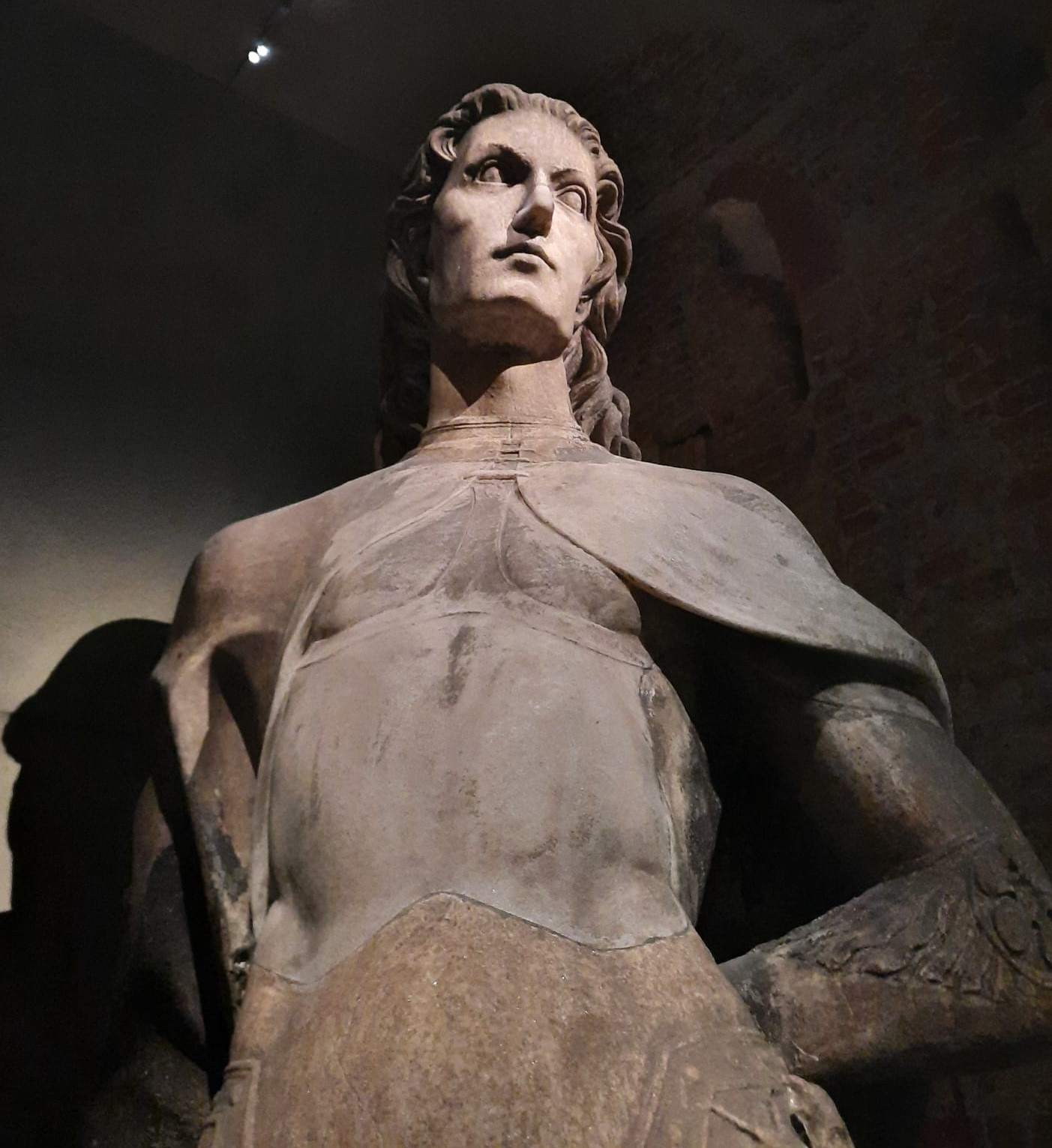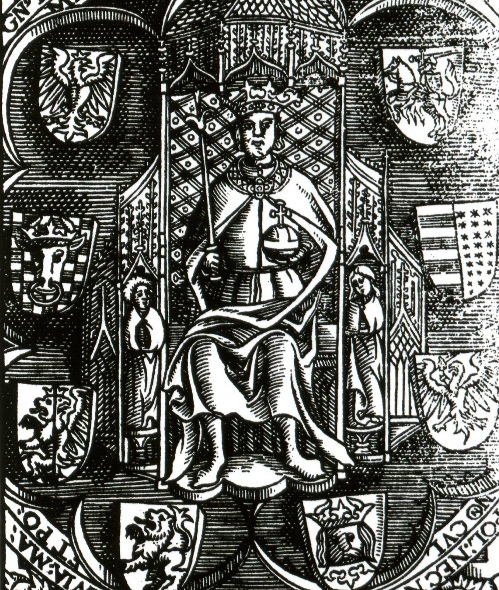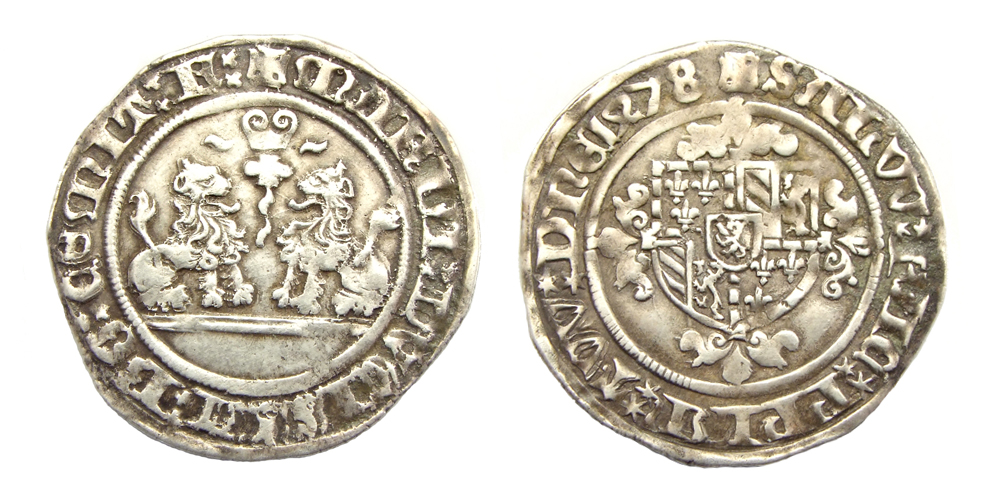|
Archduchess Maria Of Austria (1584–1649)
Archduchess Maria of Austria (German: ''Erzherzogin Maria von Österreich'') (Innsbruck, 16 June 1584 – Innsbruck, 2 March 1649) was the daughter of Ferdinand II, Archduke of Austria and his second wife Anne Juliana Gonzaga. She became a nun A nun is a woman who vows to dedicate her life to religious service and contemplation, typically living under vows of poverty, chastity, and obedience in the enclosure of a monastery or convent.''The Oxford English Dictionary'', vol. X, page 5 .... References 1584 births 1649 deaths Daughters of dukes 17th-century people from the Holy Roman Empire {{Austria-royal-stub ... [...More Info...] [...Related Items...] OR: [Wikipedia] [Google] [Baidu] |
Hans Von Aachen
Hans von Aachen (1552 – 4 March 1615) was a German painter who was one of the leading representatives of Northern Mannerism. Hans von Aachen was a versatile and productive artist who worked in many genres. He was successful as a painter of princely and aristocratic portraits, and further painted religious, mythological and allegorical subjects. Known for his skill in the depiction of nudes, his eroticized mythological scenes were particularly enjoyed by his principal patron, Rudolf II, Holy Roman Emperor, Emperor Rudolf II. These remain the works for which he is best known. He also painted a number of genre paintings of small groups of figures shown from the chest upwards, laughing, often apparently using himself and his wife as models. Von Aachen usually worked on a small scale and many of his works are cabinet paintings on copper.C. Höper. "Aachen, Hans von." Grove Art Online. Oxford Art Online. Oxford University Press. Web. 20 November 2016 The life and work of Hans vo ... [...More Info...] [...Related Items...] OR: [Wikipedia] [Google] [Baidu] |
Anna Of Foix-Candale
Anne of Foix-Candale (1484 – 26 July 1506) was Queen of Hungary and Bohemia as the third wife of King Vladislaus II. Biography Anne was the daughter of Gaston of Foix, Count of Candale and Infanta Catherine of Navarre. Her mother was the youngest daughter of Queen Eleanor of Navarre and Gaston IV, Count of Foix. Anne grew up at the French royal court at Blois. She was educated in Latin and the Classics. Louis I d'Orléans, Duke of Longueville, first cousin once removed of King Louis XII of France, is reported to have been in love with her and wished to marry her, but he was prevented from doing so because an illustrious political marriage was planned for Anne. The elderly, twice-divorced and childless king Vladislaus II of Hungary of the Jagiellon dynasty had been searching for a wife capable of giving him a son. His sights were set on a powerful alliance, and Anne, a member of the upper nobility of France related to several royal families, was a good choice. Anne was b ... [...More Info...] [...Related Items...] OR: [Wikipedia] [Google] [Baidu] |
William IX, Marquess Of Montferrat
William is a masculine given name of Germanic origin. It became popular in England after the Norman conquest in 1066,All Things William"Meaning & Origin of the Name"/ref> and remained so throughout the Middle Ages and into the modern era. It is sometimes abbreviated "Wm." Shortened familiar versions in English include Will or Wil, Wills, Willy, Willie, Bill, Billie, and Billy. A common Irish form is Liam. Scottish diminutives include Wull, Willie or Wullie (as in Oor Wullie). Female forms include Willa, Willemina, Wilma and Wilhelmina. Etymology William is related to the German given name ''Wilhelm''. Both ultimately descend from Proto-Germanic ''*Wiljahelmaz'', with a direct cognate also in the Old Norse name ''Vilhjalmr'' and a West Germanic borrowing into Medieval Latin ''Willelmus''. The Proto-Germanic name is a compound of *''wiljô'' "will, wish, desire" and *''helmaz'' "helm, helmet".Hanks, Hardcastle and Hodges, ''Oxford Dictionary of First Names'', Oxford Univer ... [...More Info...] [...Related Items...] OR: [Wikipedia] [Google] [Baidu] |
Isabella D'Este
Isabella d'Este (19 May 1474 – 13 February 1539) was the Marchioness of Mantua and one of the leading women of the Italian Renaissance as a major cultural and political figure. She was a patron of the arts as well as a leader of fashion and her innovative style of dressing was emulated by many women. The poet Ariosto labeled her as the "liberal and magnanimous Isabella", while author Matteo Bandello described her as "supreme among women". Diplomat Niccolò da Correggio went even further by hailing her as "The First Lady of the world". She served as the regent of Mantua during the absence of her husband Francesco II Gonzaga and during the minority of her son Federico. She was a prolific letter-writer and maintained a lifelong correspondence with her sister-in-law Elisabetta Gonzaga. Isabella grew up in a cultured family in the city-state of Ferrara. She received a fine classical education and she met many famous humanist scholars and artists. Due to the vast amount of e ... [...More Info...] [...Related Items...] OR: [Wikipedia] [Google] [Baidu] |
Francesco II Gonzaga, Marquess Of Mantua
Francesco II Gonzaga (10 August 1466 – ) was the ruler of the Italian city of Mantua from 1484 until his death. Biography Francesco was born in Mantua, the son of Marquis Federico I Gonzaga. Francesco had a career as a condottiero acting as Venice's commander from 1489 to 1498. He was the commander-in-chief of the army of the Italian league in the battle of Fornovo, under the tutorage of his more experienced uncle Ridolfo Gonzaga: even though Francesco was unable to stop Charles VIII and his army from returning to France, he claimed Fornovo as a victory. Francesco was described as "short, pop-eyed, snub-nosed and exceptionally brave, and was regarded as the finest knight in Italy". Francesco briefly commanded the Venetian army, but in 1502 he left to pay his respects to Louis XII who was then at Milan. By 29 April, he was with Louis XII when Genoa fell to the French army. Francesco, taking the initiative after the French victory at Agnadello, was occupying lands that he had ... [...More Info...] [...Related Items...] OR: [Wikipedia] [Google] [Baidu] |
Catherine Of Foix, Countess Of Candale
Catherine de Foix ( 1455 – died before 1494) was a French noblewoman. She was a daughter of Gaston IV, Count of Foix, and Eleanor of Navarre, and was a granddaughter of John II of Aragon and Blanche I of Navarre. Catherine married Gaston de Foix, Count of Candale. They had: *Gaston de Foix, 3rd Count of Candale. *Jean de Foix, Archbishop of Bordeaux. *Pierre de Foix, died without issue. * Anne de Foix (1484-1506), married King Vladislaus II of Bohemia and Hungary Vladislav ( (', '); , ; Russian, Ukrainian, Bulgarian, Macedonian, sh-Cyrl, Владислав, ) is a male given name of Slavic origin. Variations include ''Volodislav'', ''Vlastislav'' and ''Vlaslav''. In the Czech Republic, Slovakia and .... References Sources * 1450s births Year of birth uncertain Year of death unknown 15th-century deaths 15th-century French nobility 15th-century French women House of Foix Navarrese infantas Daughters of queens regnant {{KingdomofFrance-stub ... [...More Info...] [...Related Items...] OR: [Wikipedia] [Google] [Baidu] |
Gaston De Foix, Count Of Candale
Gaston de Foix (1448 – 25 March 1500), Earl of Kendal and Count of Benauges, was a French nobleman in the last decades of the Middle Ages. He was a cadet member of the important Foix family in Southern France. He was a son of John de Foix, 1st Earl of Kendal and Margaret Kerdeston. Gaston succeeded as the Count of Benauges in France. As an heir of John de Foix, Earl of Kendal, he also continued to claim that English peerage and therefore was styled ''Comte de Candale''. He firstly married ''Infanta'' Catherine of Navarre, the youngest daughter of Gaston IV, Count of Foix, and Eleanor of Navarre. They had four children: *Gaston de Foix, 3rd Count of Candale. Died 1536 *Jean de Foix, Archbishop of Bordeaux. *Pierre de Foix, died without issue. * Anne of Foix-Candale, married King Vladislaus II of Hungary. In 1494, he remarried with Isabelle of Albret, daughter of Alain I of Albret. They had four children: *Alain de Foix, married Françoise dite de Montpezat des Prez. * ... [...More Info...] [...Related Items...] OR: [Wikipedia] [Google] [Baidu] |
Elizabeth Of Austria (1436–1505)
Elizabeth of Austria (; ; ; c. 1436 – 30 August 1505) was Queen of Poland and Grand Duchess of Lithuania as the wife of King Casimir IV of Poland. Orphaned at an early age, she spent her childhood in the court of Holy Roman Emperor Frederick III. As one of the three surviving grandchildren of Emperor Sigismund, she had a strong claim to the kingdoms of Hungary and Bohemia. That made her an attractive bride for a Polish prince. The Polish nobility, seeking to increase Polish influence in Hungary and Bohemia, pursued marriage with Elizabeth since she was born and finally succeeded in 1454. Her marriage to Casimir was one of the most successful royal marriages in Poland. She gave birth to thirteen children, eleven of whom survived to adulthood. Four of her sons were crowned as kings. Early life Tumultuous childhood Elisabeth was the daughter of Albert II of Germany, Archduke of Austria, and his wife Elizabeth of Luxembourg, daughter of Emperor Sigismund. The exact date of he ... [...More Info...] [...Related Items...] OR: [Wikipedia] [Google] [Baidu] |
Casimir IV Jagiellon
Casimir IV (Casimir Andrew Jagiellon; ; Lithuanian: ; 30 November 1427 – 7 June 1492) was Grand Duke of Lithuania from 1440 and King of Poland from 1447 until his death in 1492. He was one of the most active Polish-Lithuanian rulers; under him, Poland defeated the Teutonic Knights in the Thirteen Years' War and recovered Pomerania. The Jagiellonian dynasty became one of the leading royal houses in Europe. The great triumph of his reign was bringing Prussia under Polish rule. The rule of Casimir corresponded to the age of "new monarchies" in western Europe. By the 15th century, Poland had narrowed the distance separating it from Western Europe and became a significant power in international relations. The demand for raw materials and semi-finished goods stimulated trade, producing a positive balance, and contributed to the growth of crafts and mining in the entire country. He was a recipient of the English Order of the Garter (KG), the highest order of chivalry and the most ... [...More Info...] [...Related Items...] OR: [Wikipedia] [Google] [Baidu] |
Isabella I Of Castile
Isabella I (; 22 April 1451 – 26 November 1504), also called Isabella the Catholic (Spanish: ''Isabel la Católica''), was Queen of Castile and List of Leonese monarchs, León from 1474 until her death in 1504. She was also Queen of Aragon from 1479 until her death as the wife of King Ferdinand II of Aragon, Ferdinand II. Reigning together over a Dynastic union, dynastically unified Spain, Isabella and Ferdinand are known as the Catholic Monarchs of Spain, Catholic Monarchs. Her reign marked the end of Reconquista and also the start of Spanish Empire and dominance of Spain over European Politics for the next century. After a struggle to claim the throne, Isabella reorganized the governmental system, brought the crime rate down, and unburdened the kingdom of the debt which her half-brother King Henry IV of Castile, Henry IV had left behind. Isabella's marriage to Ferdinand of Aragon in 1469 created the basis of the ''de facto'' unification of Spain. Her reforms and those she ... [...More Info...] [...Related Items...] OR: [Wikipedia] [Google] [Baidu] |
Ferdinand II Of Aragon
Ferdinand II, also known as Ferdinand I, Ferdinand III, and Ferdinand V (10 March 1452 – 23 January 1516), called Ferdinand the Catholic, was King of Aragon from 1479 until his death in 1516. As the husband and co-ruler of Queen Isabella I of Castile, he was also King of Castile from 1475 to 1504 (as Ferdinand V). He reigned jointly with Isabella over a Dynastic union, dynastically unified Spain; together they are known as the Catholic Monarchs. Ferdinand is considered the ''de facto'' first king of Spain, and was described as such during his reign, even though, legally, Crown of Castile, Castile and Crown of Aragon, Aragon remained two separate kingdoms until they were formally united by the Nueva Planta decrees issued between 1707 and 1716. The Crown of Aragon that Ferdinand inherited in 1479 included the kingdoms of Kingdom of Aragon, Aragon, Kingdom of Valencia, Valencia, Kingdom of Majorca, Majorca, Kingdom of Sardinia, Sardinia, and Kingdom of Sicily, Sicily, as well as ... [...More Info...] [...Related Items...] OR: [Wikipedia] [Google] [Baidu] |
Mary Of Burgundy
Mary of Burgundy (; ; 13 February 1457 – 27 March 1482), nicknamed the Rich, was a member of the House of Valois-Burgundy who ruled the Burgundian lands, comprising the Duchy of Burgundy, Duchy and Free County of Burgundy, County of Burgundy and the Burgundian Netherlands, from 1477 to her death. As the only child of Charles the Bold, Duke of Burgundy, and his wife Isabella of Bourbon, Mary inherited the Burgundian lands at the age of 19 upon the death of her father in the Battle of Nancy on 5 January 1477. In order to counter the appetite of the French king Louis XI for her lands, she married Maximilian I, Holy Roman Emperor, Maximilian of Austria, with whom she had two children. The marriage kept large parts of the Burgundian lands from disintegration, but also changed the dynasty from Valois to Habsburg (the Duchy of Burgundy itself soon became a French possession). This was a turning point in European politics, leading to a French–Habsburg rivalry that would endure for c ... [...More Info...] [...Related Items...] OR: [Wikipedia] [Google] [Baidu] |





